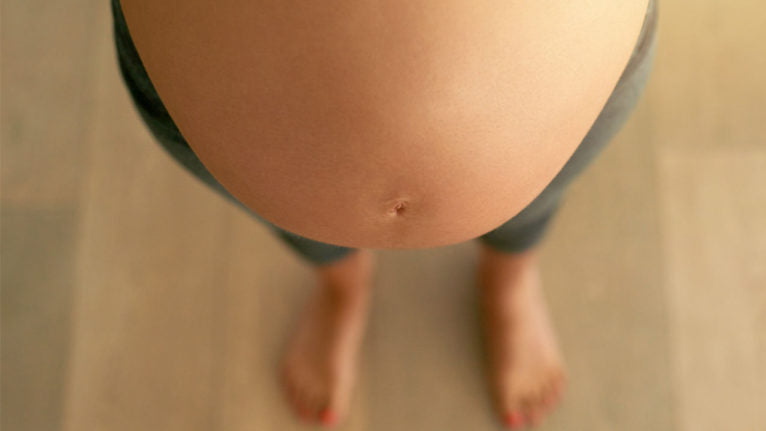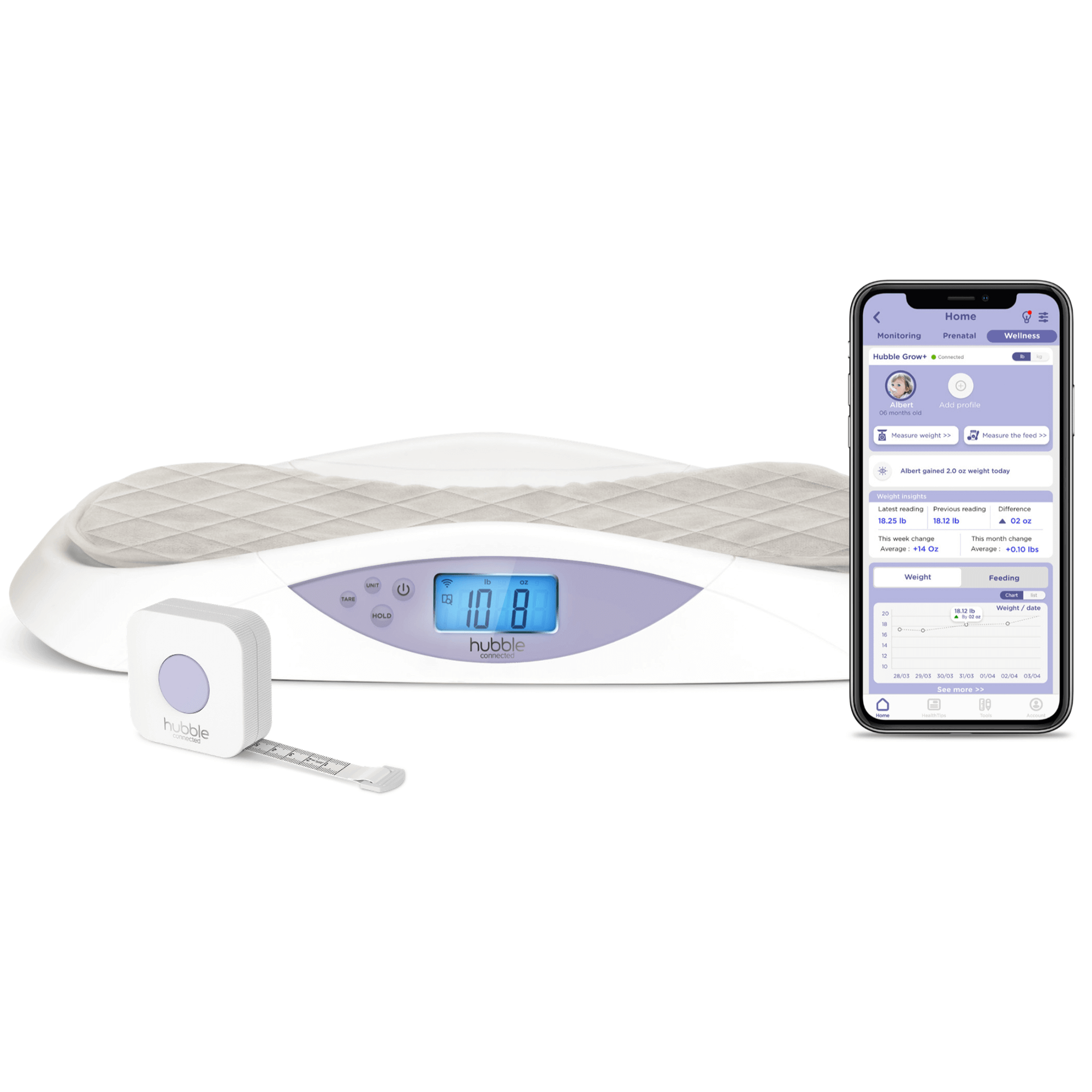Is Your Baby in Breech Position? Don’t panic…
The word ‘breech’ is one that no parent-to-be wants to hear, turning an excited parent into a nervous wreck. We’re here to help put your mind at ease.
Fact is, even if your baby is in breech now, that doesn’t mean they’ll remain in that position. This is especially true if you’re not yet at the 36-week mark. So don’t automatically think you’ll need a C-section just yet. For example, somewhere around 30% of babies are found to be in breech position at weeks 30-32 of pregnancy, yet by week 37 (term) only around 3% remain in breech.
That said, as you approach the last 1-2 weeks prior to delivery, the chances of your baby making the move on their own is much slimmer.
So what can you do about it?
In this guide, we walk you through simple and effective ways to ease your baby out of breech position.
How to Turn a Breech Baby
- External Cephalic Version (ECV)
This is a non-invasive medical procedure that is performed by a doctor with the assistance of ultrasound guidance. Using their hands, the doctor applies gently pressure to the abdomen and belly as they manually manipulate the baby’s position.
This procedure is typically carried out at the hospital, birth care center, or OBGYN’s office between weeks 35-38, and is often a last resort after exploring other options. Taking only a few minutes, the procedure is over fast but can be uncomfortable and/or painful. That said, it is much less painful than the recovery needed for a C-section and is worth the temporary discomfort. For those that find the procedure especially painful, epidurals may be an option to improve comfort.
How effective is ECV? In most cases, this procedure has between a 40-70% success rate.
- Forward-leaning Inversion
Simple, effective and easy to do right at home are postures uniquely designed to help ease your baby out of breech. As your due date approaches faster than a race car in the rearview, these poses can assist in optimizing fetal positioning with just a few minutes each night, when reading a book, or binging your favorite show.
Child’s Pose
Step 1: While kneeling own on the floor, sit back on your heels while touching your big toes together. From here, separate your knees to a width equal to that of your hips.
Step 2: While exhaling, lay your torso down between your thighs. Across the back of your pelvis, broaden your sacrum and narrow your hip points towards your navel so that your hip points touch your inner thighs. Gently lengthen your tailbone away from the back of your pelvis, and lift the base of your skull away from the back of your neck.
Step 3: Next, rest your hands flat on the floor, palms up, alongside your torso. Gently release the fronts of your shoulders downward in the direction of the floor. At this point, you should feel the weight of your shoulders pulling the shoulder blades wide across your back.
Step 4: Stay in this position for between 30 seconds up to 3 minutes.
Step 5: To finish, lengthen the front of your torso, and while inhaling, lift from the tailbone and press downward on the pelvis, and get up from there.
Not Into Yoga? – here’s an easy alternative to try
Gently get down on your hands and knees. With a smooth and non-abrupt motion, rock forward and backward for between 10-15 minutes. This motion can help to relax the pelvic muscles and leverage gravity to help rotate your baby into position.
Another option is to gently gyrate your hips, rotating your pelvis (similar to the motion a belly dancer makes). This may encourage the baby to move around on their own.
*Note: neither of these are evidence-based, but also not harmful and are touted by many a midwife and parent as an effective way to encourage and support your baby’s movement back into optimal position.
- Acupuncture and Moxibustion
Classified as a type of Chinese medicine and acupuncture, this unique treatment uses a gentle heat delivered by a mugwort stick in instead of using needles.
The mugwort might sound like it came right out of a Harry Potter book, but in reality, it is similar in appearance to a cigar. One end of the mugwort is lit, while the unlit end is expertly and gently used to apply pressure on the woman’s baby tow (known in Eastern Medicine as BL67). Although Western medicine doesn’t acknowledge the efficacy of this technique in aiding with a breech baby, Eastern Medicine swears by it. In either case, there are no adverse effects or risks, so for some pregnant women, it might be worth a try.
NOTE: Some European studies have shown promise for using forms of acupuncture to aid in fetal positioning in as early as week 32 of gestation.
- The Webster Technique: chiropractic care
This technique aims at addressing any asymmetry that may exist with regards to the positioning of your hipbones and pelvis. Asking you chiropractor to check for tight or short ligaments may aid in the realignment of the pelvis and creating space for your baby to relax into proper position.
- The Pelvic Tilt: ‘ironing-board’ method
Also known as the ‘breech tilt’ exercise, this method is a safe and potentially effective way to ease your baby out of breech.
To carry out this exercise, simply lay on the floor and raise your hips while planting your feet on the ground and keeping you knees bent.
Alternatively, you can position an ironing board or other long flat stable surface, with one edge on a couch and the other on the floor. This creates a downward sloping surface to lay on. Rest your head on a pillow and keep your feet elevated for around 15-20 minutes, repeating 2-3 times daily. Have issues balancing or getting up? Always have someone around to help.
TIP: Getting up too fast from this position can make you feel a bit dizzy. Please take your time and always make safety a top priority.
- Swimming
Therapeutic and relaxing, swimming is a low impact exercise that might be good for you and the baby. Perfect for relaxing stiff and achy joints, the gently swishing motions can also encourage your little one to move out of breech.
- Music and Dancing
You like to bust a move to your favorite tunes, right? Well maybe not right now, but before pregnancy you probably did. Your baby may also respond to music, moving around and energized by the beats and vibrations. This may encourage them to move their way out of breech position.
You’ll want to direct music to the base of your ‘baby bump’.
Remember, Baby’s Often Move Out of Breech All on Their Own
Hearing that your baby is in breech can be a scary experience, but don’t panic just yet. More often than not, a baby will move out of breech all on their own. But helping them along the way can’t hurt. By following the tips in this guide you might be able to gently coax your little one to make the move sooner than later, saving you some anxiety in the process.













Share: